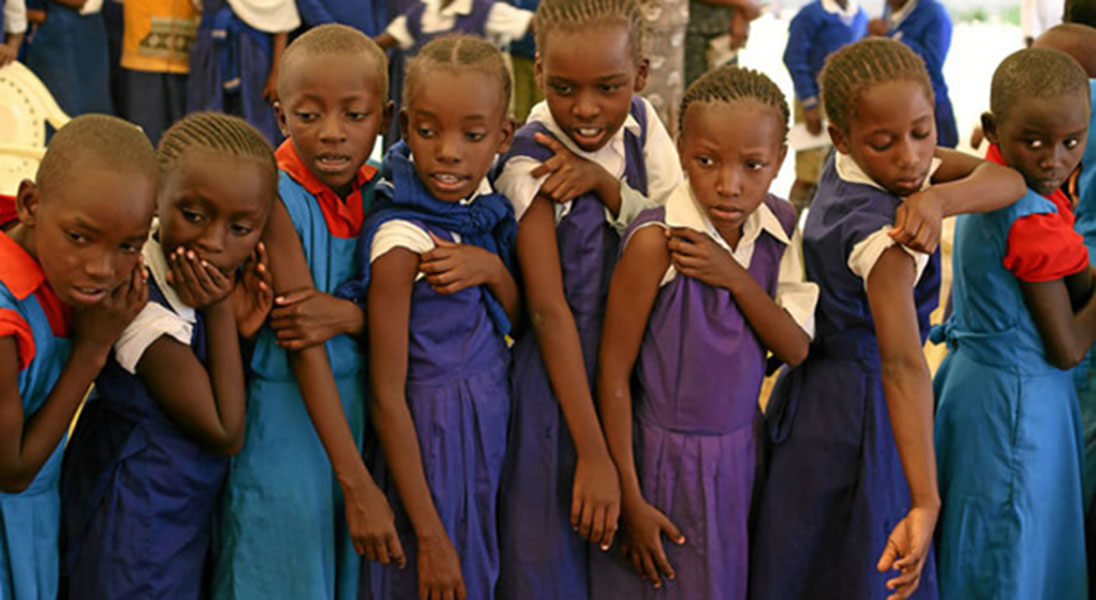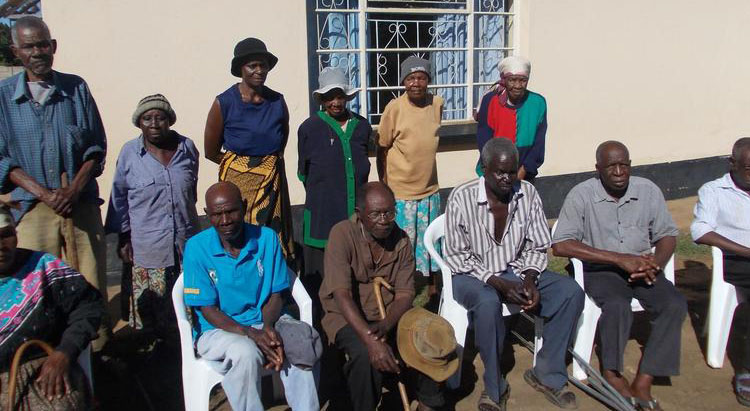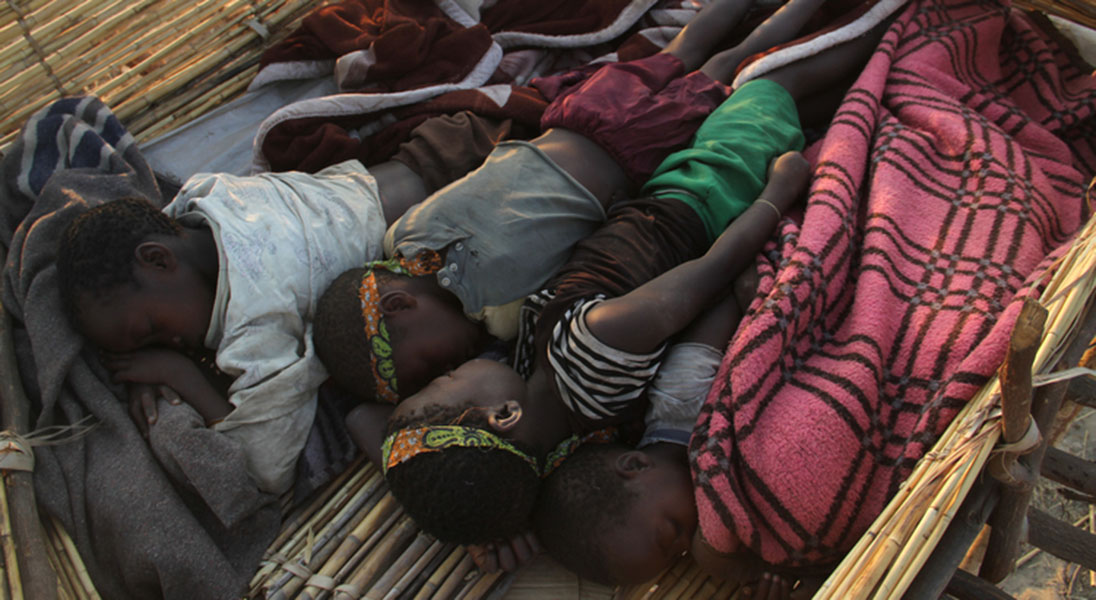Lack of a single database, poor registry hinder cancer fight
- By Zimpapers Syndication |
- 24 Feb, 2025 |
- 0

Sifelani Tsiko ---
Zimbabwe needs to develop a single and unified population –based cancer registry to produce a more accurate picture of the cancer burden in the country, a senior public health specialist says.
Dr Milton Chemhuru, a public health specialist for the Health Information Department in the Ministry of Health and Child Care disclosed this at a media workshop that was organised by the National Aids Council (NAC) recently in Chinhoyi to sensitise journalists with current and emerging HIV and AIDS issues.
Currently, he says, the country has a disconnected cancer database which causes inefficiency, confusion and ineffectiveness in the fight against the disease which is now a major health concern.
“In 2013, about 6548 cases were recorded in major hospitals in Harare and Bulawayo alone. The majority of patients with cancer in other towns and rural areas remain unaccounted for,” Dr Chemhuru says.
“We have formal and non-formal information in our public health systems. We have information generated by the Zimbabwe Cancer Registry at Mpilo and Parirenyatwa Hospitals and there is none or very little data for other clinics and hospitals in various parts of the country.”
The public health specialists says the country needs a unified cancer database that synchronizes all disparate data into a single and unified country cancer profile.
This unified data, Dr Chemhuru says, could then become the foundation for increased public engagement and greater assessment of the gravity of the cancer burden in Zimbabwe.
“We are drafting the Cancer Action Plan for Zimbabwe and unifying our cancer database is one of our major recommendations,” he says. “With an action plan in place we can be able to get funding for our cancer programs. We should target all risk populations and we need a unified database to produce meaningful data to assist us in our decision making process.”
NAC communications expert Medelina Dube says there is need to decentralize the cancer registry to enable the country to capture more accurate data about the number of people affected by the non-communicable disease.
“At present, data is only captured at Mpilo in Bulawayo and at Parirenyatwa in Harare. Let’s decentralize cancer registry,” she says.
“The Mpilo registry is no longer functional and all people are being referred to Harare. A patient from Mutoko, for instance, will be recorded as being from Harare and this presents huge challenges to our cancer registry system.”
Zimbabwe and other most African countries still lack better, reliable data and a population-based cancer registry hindering the production of more accurate picture of the cancer burden.
This has affected policy formulation, advocacy and education to fight and control cancer in Zimbabwe and in all African countries.
The country’s national cancer registry at the moment is still rudimentary and faces weak human and technical capacities as well as logistical constraints that hinder its operations.
“We are losing a lot of cancer patients at the clinic level. It’s only those with money who afford to go and register in Bulawayo and Harare. What about the poor? says Dr Chemhuru.
“If you find congestion at the hospital level, this is a sign of a failing public health system. Congestion should happen at the clinic levels and not at the hospital level. Cuba is one of the best examples we should emulate in terms of an efficient public health system.”
Zimbabwe is among the 30 high burden countries in the world in terms of HIV/TB including NCDs.
Cancer is emerging as a major public health concern in Zimbabwe together with cardio vascular diseases, diabetes and chronic respiratory diseases.
The rate of cancer among Zimbabweans is rising and the growth rate is now several times higher in recent years than it was 20 years ago, according to findings by the Zimbabwe Cancer Registry (ZCR).
Health experts say that even though the incidence of Kaposi sarcoma cancers were still relatively high, new trends now show that rectal cancers were now increasing at a faster rate than ever before.
Kaposi sarcoma (KS) is a cancer that develops from the cells that line lymph or blood vessels and this type often develops in people who are infected with HIV, the virus that causes AIDS.
“Rectal cancers are coming up and prostate cancer is on the rise,” says a ZCR official. “It was not common in Africa but it’s on the rise more like what is happening in most Western countries.”
The registry’s findings were largely based on the incidence rates of different cancers calculated for the black population in Zimbabwe for a 20-year period (1991-2010).
Oncologists say the rise in the incidence of prostate cancer and other cancers in the country were a reflection of the continuing social and lifestyle changes and the wane of the HIV-AIDS epidemic.
The risk of prostate cancer among black Zimbabwean men increased dramatically to 6,4 percent annually and new trends show that prostate cancer has now become the most common cancer of men.
The most common cancers among black men indicate that Kaposi sarcoma incidence are at 20,3 percent and declining in a trend that oncologists say could be largely due to the introduction of life-prolonging drugs – ARVs which have slowed down HIV and Aids deaths.
In addition, statistics among black men also show that the incidence of cancer of the prostate are at 15,5 percent, Non-Hodgkin lymphoma (NHL) 8,9 percent, oesophagus 5,7 percent, eye 5 percent, liver 4,7 percent, Non-Melanoma of skin cancer 4,5 percent, stomach 3,6 percent, lung 3 percent and 2,3 percent for colon cancer.
The overall risk of cancer increased during the period in both sexes, with rates of cervix and prostate cancers showing particularly dramatic increases (3,3 percent and 6,4 percent annually, respectively).
The incidence of cancer of the esophagus, formerly the most common cancer of men, has remained relatively constant, whereas rates of breast and cervix cancers, the most common malignancies of women, have shown significant increases (4,9 percent and 3,3 percent annually, respectively).
The incidence of Kaposi sarcoma increased to a maximum around 1998-2000 and then declined in all age groups, and in both sexes.
The most common cancers among black women included cervix cancer at 32,2 percent, breast 12 percent, Kaposi sarcoma 8,3 percent, eye 5 percent, Non-Hodgkin lymphoma 4,3 percent, easophagus 3,4 percent, Non-Melanoma of skin cancer 3,3 percent, ovary 2,6, stomach 2,1 and corpus uteri 2 percent.
Incidence of cancer among non-black men indicate that Non-melanoma skin cancer at 55,5 percent as the biggest killer while prostate is second at 10,1 percent, colon 5,3 percent, NHL 4,5 percent, lung 3,2 percent, Melanoma skin cancer 3,2 percent, bladder 2,8 percent, rectum 2,4 percent, stomach 1,6 percent and eosophagus 1,2 percent.
For non-black women, Non-Melanoma skin cancer is also relatively high at 41,7 percent followed by breast cancer at 18,1 percent, cervix uteri 6,9 percent, colon 4,6 percent, rectum 4,6 percent, ovary 3,2 percent, lung 2,3 percent, Melanoma skin cancer 1,9 percent, bladder 1,9 percent and NHL 1,9 percent.
When combined, the most common cancer among all Zimbabwean men is Kaposi sarcoma at 17,6 percent followed by prostate at 14,8 percent and Non - Melanoma skin cancer at 11,3 percent while for all Zimbabwean women, cervix cancer remains the biggest killer at 30,2 percent, breast 12,4 percent, Kaposi sarcoma 7,7 percent and Non-Melanoma skin cancer 6,4 percent.
Oncologists say cancer control in Zimbabwe, as elsewhere in sub-Saharan Africa, involves meeting the challenge of emerging cancers associated with westernisation of lifestyles (large bowel, breast and prostate), while the incidence of cancers associated with poverty and infection (liver, cervix and esophagus) shows little decline, and the residual burden of the AIDS-associated cancers remains significant.
The Zimbabwe Cancer Registry says the most common cancers among all boys (paediatrics) include Leukaemia (cancer of the blood) at 17,7 percent, Retinoblastoma (eye cancer) 13,3 percent, Kaposi sarcoma 12,2 percent and Wilms Tumour (cancer of the kidney).
Among all Zimbabwean girls, Kidney cancer is relatively high at 22,6 percent followed by Retinoblastoma at 13,1 percent, brain and nervous system cancer 10,7 percent, Kaposi sarcoma 9,5 percent and Leukaemia 9,5 percent.
People of all races are equally at risk of getting various types of cancers but oncologists say incidence rates differ mainly due to differences in medical care access, screening, registry quality, genetic diversity, and Westernisation.
The disease is now killing more people in the developing world than AIDS, tuberculosis and malaria combined.
The number of new cancer cases diagnosed in 2012 worldwide stood at 14,1 million and more than half of these – 8 million – occurred in developing countries.
About 8,2 million cancer deaths were recorded in 2012 worldwide, according to a 2015 WHO report.
They say incidence rates in Africa were likely continue to rise with improving economies and increasing Westernization, warranting the need for more high-quality population-based registration to monitor cancer incidence in Africa.
Oncologists further say that cancer kills more people worldwide than AIDS, tuberculosis, and malaria together.
Africa, they say, needs a strategy for vaccination, screening, treatment and awareness to fight the rising cases of cancer on the continent. -Zimpapers Syndication Services
No Comments












.jpg)

Comment